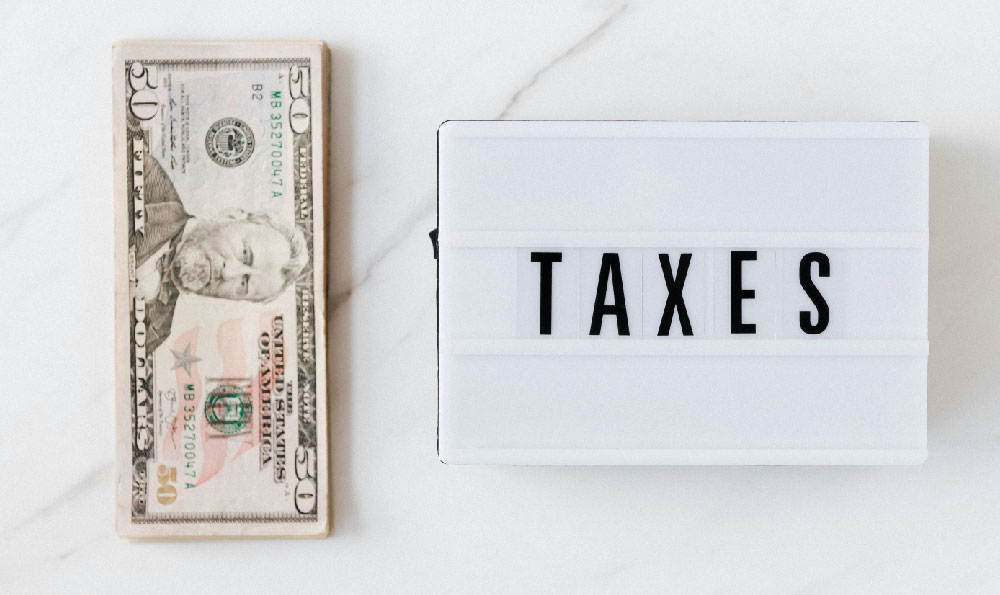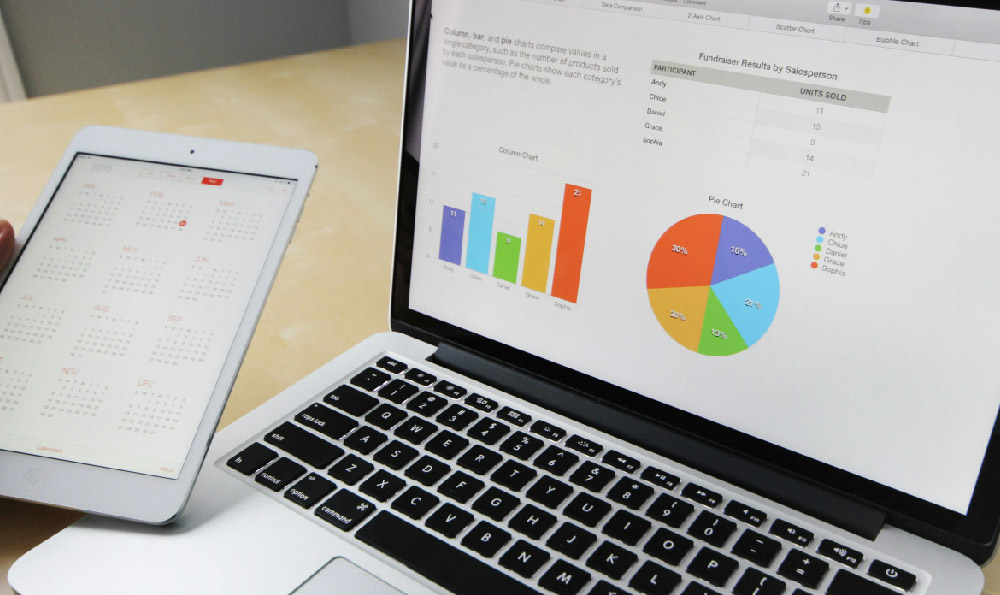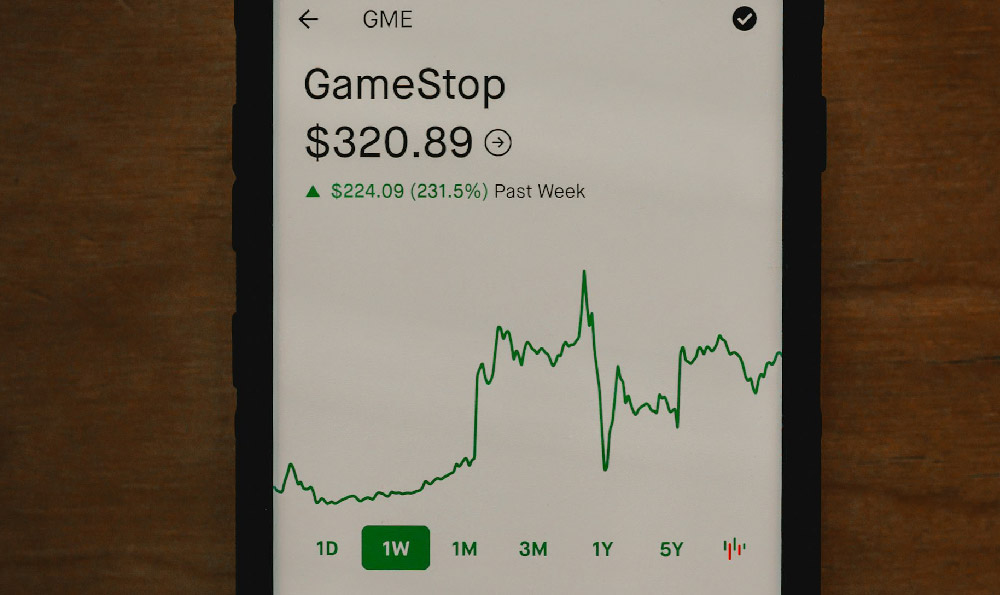DoorDash Driver Earnings: How Much Can You Make Per Hour?
As an independent contractor, DoorDash drivers operate in a dynamic marketplace where income potential varies significantly based on location, individual effort, and external conditions. The platform's business model relies on algorithmic matching, allowing drivers to accept or decline delivery requests in real time, which introduces an element of flexibility but also uncertainty regarding hourly compensation. While some drivers report substantial earnings during peak hours, others may struggle to meet basic financial needs, particularly in areas with lower demand or higher operational costs. Understanding the nuances of this income structure requires an examination of multiple factors, including the geographic concentration of orders, the efficiency of route planning, and the synchronization of work schedules with high-demand periods.
The hourly income for DoorDash drivers is typically influenced by the base pay per delivery, which varies depending on the restaurant’s location, the distance traveled, and the time required to complete the order. In urban centers with dense populations and a high volume of food establishments, drivers generally encounter more frequent requests, which can translate into a steadier income stream. Conversely, in suburban or rural areas, the number of available deliveries may be limited, leading to longer wait times between orders and a potentially lower hourly rate. This spatial disparity underscores the importance of selecting a work location that balances accessibility to delivery zones with the demand for services, as the latter can significantly impact earnings.

Another critical determinant of hourly compensation is the number of deliveries a driver can complete within a given timeframe. The platform's location-based pricing system means that drivers in areas with higher delivery costs, such as major metropolitan regions, may receive more competitive base pay. However, even in these locations, the time required to complete each delivery can affect total earnings. For instance, delivering to a high-rise building with a narrow entrance might take longer than delivering to a ground-level restaurant, which could reduce the number of orders a driver can complete in an hour. This factor highlights the importance of not only working in regions with high demand but also optimizing delivery efficiency through route planning, vehicle compatibility, and familiarity with delivery challenges in specific areas.
The variability of income is further amplified by the role of promotions and surge pricing. DoorDash occasionally introduces incentive programs to encourage drivers to accept certain orders, which can temporarily increase hourly earnings. Similarly, during periods of high demand, such as holidays, weekends, or special events, the platform may implement surge pricing to compensate drivers for their time and effort. These fluctuations create an environment where earnings can be inconsistent, requiring drivers to adapt their schedules and expectations accordingly. Drivers who can anticipate these trends and adjust their availability during opportune moments may achieve higher revenue per hour, whereas those who operate without considering these variables may experience more predictable but potentially lower earnings.
In addition to base pay and demand fluctuations, driver performance metrics also play a role in determining income. DoorDash evaluates drivers based on completion rates, customer feedback, and adherence to delivery windows, assigning scores that can influence future earnings opportunities. Drivers with consistently high scores may receive preferential treatment, such as being prioritized for surge pricing or offered additional incentives, while those with lower scores may find themselves excluded from high-revenue assignments. This system incentivizes drivers to maintain a balance between work quality and efficiency, as both contribute to their long-term financial success on the platform.
The hourly earnings of DoorDash drivers are also impacted by the cost of vehicle ownership and maintenance. Drivers who use personal vehicles may face expenses related to fuel, insurance, registration, and repairs, which can reduce net income. In contrast, drivers who opt for company-provided vans or motorcycles may have access to lower operational costs, though these vehicles often come with limitations in terms of flexibility and earning potential. Additionally, the brand's fuel discount program offers some relief, but drivers must evaluate whether these benefits offset the costs of using their own vehicles.
Finally, the overall income potential for DoorDash drivers is shaped by the interplay of these factors, creating a multifaceted landscape where earnings can range widely. While some drivers manage to earn upwards of $25 to $35 per hour during peak times, others may struggle to exceed $10 to $15 per hour during low-demand periods. This variability makes it essential for drivers to approach their work as a business, tracking their earnings over time and identifying patterns that can help them optimize their schedules and strategies. Ultimately, success on DoorDash depends on the driver's ability to navigate these complexities and adapt to the ever-changing demands of the delivery marketplace.












